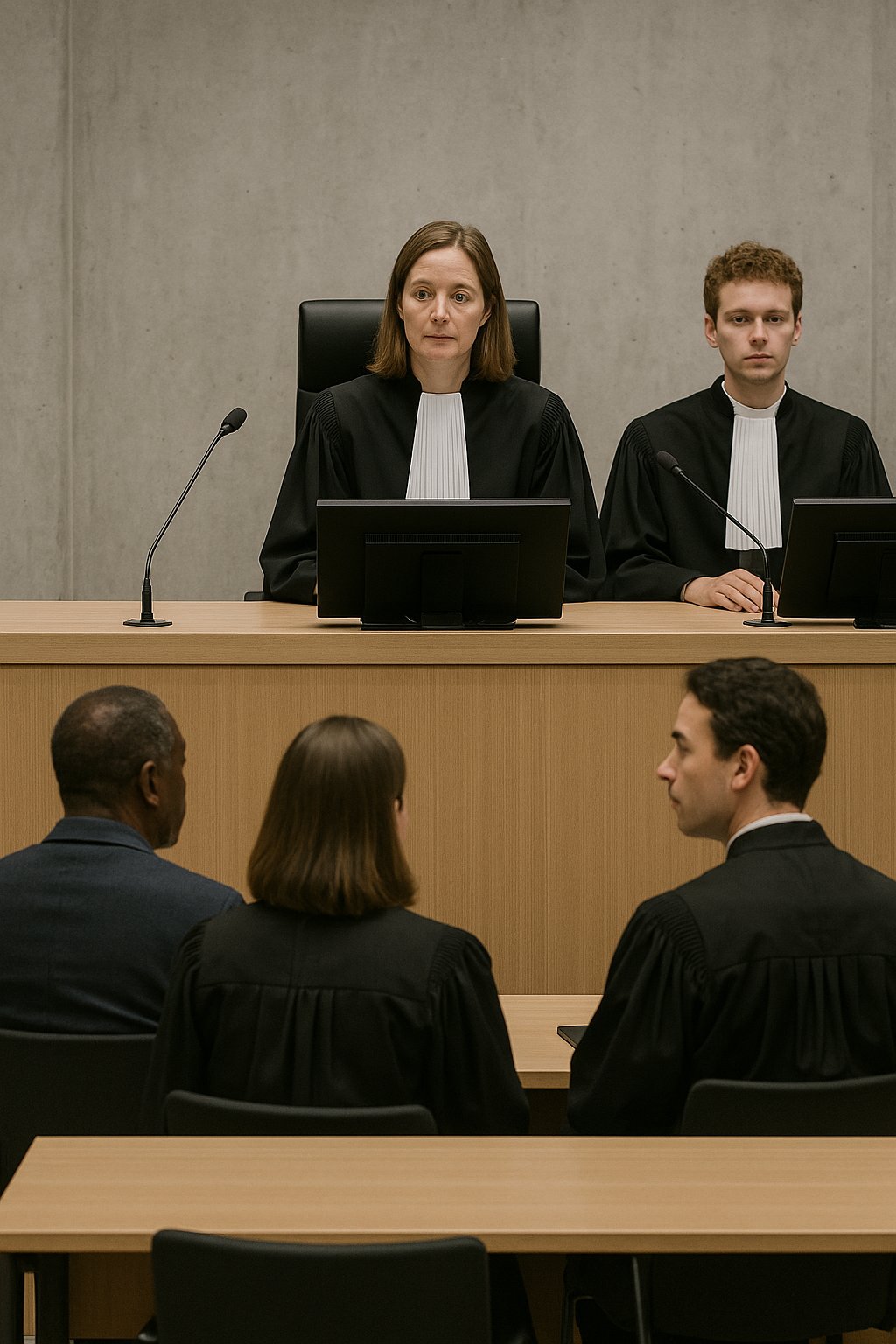Dutch courtroom layout and privacy: What to expect

Attending a court hearing in the Netherlands can feel daunting – especially if it’s your first time navigating the legal system in a foreign country. Understanding what the courtroom looks like and who will be there can help reduce stress and make you feel more prepared.
Here’s a practical overview of the typical courtroom setup in the Netherlands, with a special focus on family law cases.
Who will be in the room?
- The judge: Most hearings are presided over by a single judge. In some cases – for example, more complex matters or appeals – there may be a panel of three judges.
- Court clerk: This person is responsible for taking notes during the hearing. They are not part of the decision-making process.
- Public prosecutor: Present only in criminal cases. The prosecutor represents the public interest and brings the case against the accused.
- Parties and their legal representatives: Each party – for example, you and your ex-partner – will usually sit at their own table, often accompanied by a lawyer.
- Other professionals: In family law cases, the court often invites professionals such as representatives from child protective services (for example, the Raad voor de Kinderbescherming) if relevant to the case.
The courtroom layout
The layout of a Dutch courtroom is straightforward but formal:
- The judge (or judges) and the court clerk sit at a raised table on a platform, physically higher than the rest of the room. This setup reflects the authority of the court.
- In front of the court’s table are the tables for the parties and their lawyers. Each party has their own space.
- Behind the parties are rows of chairs for the public. However, whether people are allowed to attend depends on the type of case.
Privacy in family law cases
Family law cases – such as divorce, custody, or child support – are always held behind closed doors. These hearings are strictly confidential.
This means:
- The public is not allowed to attend.
- You cannot bring a friend, new partner, or family member into the courtroom with you – unless all parties and the court agree to it.
- Even your own lawyer cannot simply bring a colleague or assistant unless everyone involved agrees.
That said, you are welcome to bring personal support with you to the court building itself. Since the court is a public building, friends, relatives, or other supporters can wait for you outside the courtroom. For many people, just knowing someone is nearby can be a big emotional help.
A note on changing courtroom practices
Please keep in mind that the setup described above reflects the traditional layout of Dutch courtrooms. However, there is a growing effort within the Dutch legal system to become more approachable and accessible. In some cases – particularly in family law – the court may choose a more informal setting, such as everyone sitting around one table to encourage open dialogue.
Always check with your lawyer whether the classical courtroom setup applies to your situation, or if a different approach is being used in your case.
Conclusion
Knowing what to expect can ease some of the stress of a court hearing. While the setting may feel formal – with judges seated above everyone else – the Dutch legal system is grounded in accessibility, respect, and structure. Family court is a private space, but you’re not alone. Bring the support you need and focus on presenting your side clearly and calmly.
Disclaimer: The information provided on this website is for general informational purposes only and is not legally binding. Although we strive for accuracy, the content may contain errors. If you notice any mistakes, please let us know by contacting us via the contact form located at the bottom of the page.
Picture : Created by Sora/ ChatGPT

